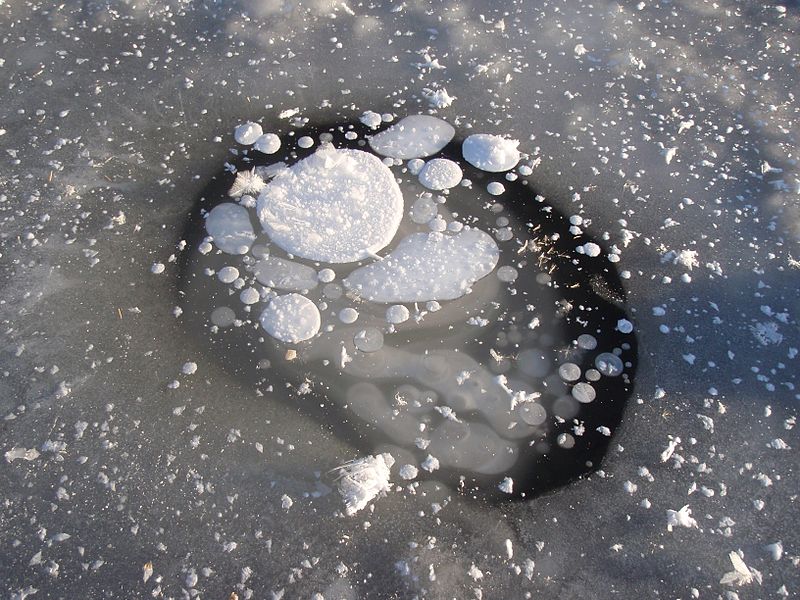Hidden deep beneath the briny, see-through floor
You seep effervescently from your veiled crack,
Belching out a defiant, aquatic roar.
You strive to escape the waters cold and black,
Taking your leave via the nearest slip road;
Breaking the surface with euphoric feedback.
Listening to your secret, amphibious code,
We measure the pitch and transcribe every note;
Detect every subtle key change in your ode.
Recording your rhythms, we hope to denote
A true understanding of what makes you float.

This is a Terza Rima, inspired by recent research which has demonstrated how acoustics can be used to identify methane seeping from the ocean floor.
In recent years, scientists have observed hundreds of streams of bubbles that are produced by methane deposits below the ocean floor. This is potentially a very large source of a greenhouse gas and has implications for global climate change. However, until now researchers have had no clear way of being able to determine exactly how much methane is seeping out from these deposits.
By listening to the bubbles using a hydrophone, the researchers in this study were able to record the sounds that they made, relating the frequency of the sound to the size of the bubble. A smaller bubble would have a higher pitch, whereas a larger bubble (containing more methane) would have a lower pitch. The estimates of bubble size according to frequency were validated against visual images of the bubbles and found to be correct. It is now hoped that this approach can be used to better measure the volume and rate of methane gas exiting from the ocean floor.
An audio version of this poem can be heard here.
Discover more from The Poetry of Science
Subscribe to get the latest posts sent to your email.